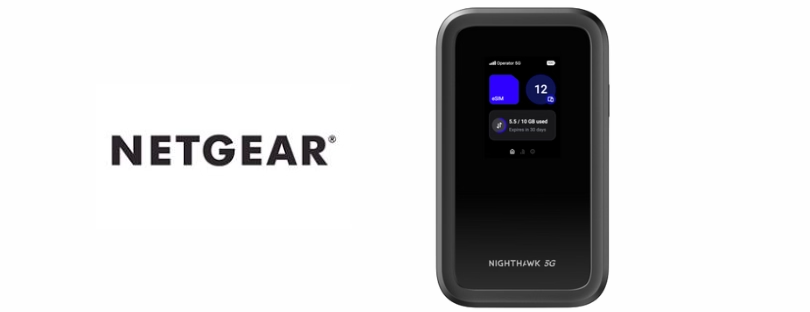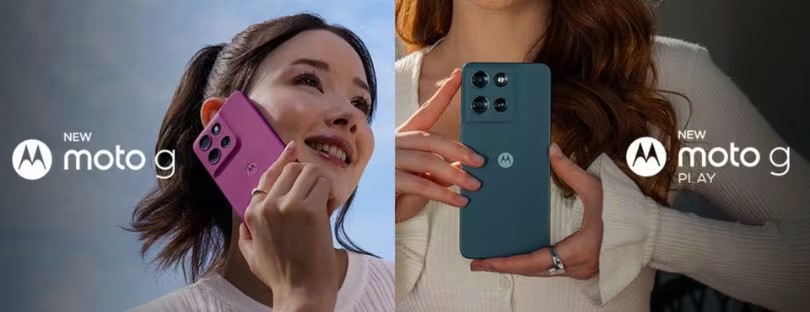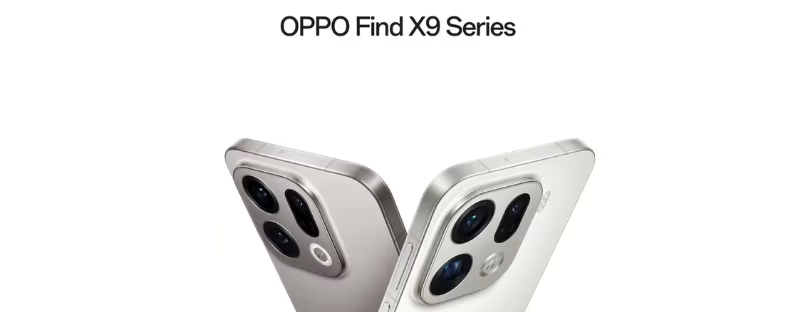
iPhone 17 Pro: Apple May Push eSIM-Only Design Beyond the U.S.
Every September, Apple captures the world’s attention with the launch of its next-generation iPhones. What began as a product announcement has evolved into a global tech event, shaping not only the smartphone industry but also wider trends in mobile connectivity. The iPhone release sets the tone for the year ahead, dictating hardware design priorities, software integrations, and even how carriers worldwide prepare their networks. In 2025, the spotlight is on the iPhone 17 lineup, where one of the most closely watched questions is whether Apple will accelerate its transition to eSIM-only devices.
eSIM technology—short for embedded SIM—replaces the physical SIM card with a digital profile embedded in the device. Unlike traditional SIM cards that require users to insert or swap a tiny plastic card to connect to a mobile network, eSIMs are activated remotely by a carrier. This shift offers clear advantages: it saves physical space inside the phone, enables multiple carrier profiles on one device, and reduces reliance on plastic SIM cards. For travelers, it also opens the door to quickly switching between local data plans without hunting for a SIM shop. Apple has already pushed the industry forward by making the U.S. versions of the iPhone 14, iPhone 15, and iPhone 16 exclusively eSIM-only, creating an ecosystem where digital connectivity is not just optional but mandatory.
Now, with the iPhone 17 series, Apple appears ready to expand this eSIM-only approach to more countries—at least for its high-end Pro models. According to new leaks, some international versions of the iPhone 17 Pro and iPhone 17 Pro Max could arrive without a physical SIM card tray, signaling the next stage in Apple’s connectivity evolution.
What’s Likely: A Region-by-Region Strategy
iPhone 17 Pro Models: Mixed Deployment
- Reports from MacRumors align with the leak, noting that physical SIM trays appear to persist in some markets, suggesting Apple is not going fully eSIM‑only globally yet.
- Android Headlines reinforces this cautious trajectory, emphasizing that the iPhone 17 Pro will retain physical SIM capabilities in select regions, rather than abandoning them entirely.
iPhone 17 Air: Fully eSIM-Only by Design
- Meanwhile, the ultra-thin iPhone 17 Air is expected to be offered exclusively with eSIM support in all regions where it is sold, largely because its slim form factor simply cannot accommodate a SIM tray. Apple analyst Ming‑Chi Kuo had previously highlighted this design constraint.
- This tiered strategy—eSIM‑only for the Air, but hybrid support for the Pro models—indicates Apple’s pragmatic approach to global adoption.
READ MORE: Google Pixel 10 Could Go eSIM-Only in the US
Background: Apple’s Ongoing eSIM Transition
- Apple began phasing out physical SIM trays in the U.S. with the iPhone 14 lineup (2022) and continued through the iPhone 15 and iPhone 16 series.
- In international markets, however, dual-SIM setups (physical + eSIM) remain the norm, with some exceptions—such as China, where dual physical SIMs are still required due to local regulations.
- A broader shift toward eSIM technology is underway across the mobile industry: by 2025, it’s projected that 98% of mobile network operators globally will support eSIMs.
Implications and Context
| Advantage | Considerations |
|---|---|
| Space-saving design: Removing the SIM tray aids in reducing device thickness and enabling sleeker profiles—particularly vital for the ultra-thin Air model. | Regional limitations: In markets with low eSIM adoption or regulatory barriers (e.g., China, certain European countries), eliminating the physical SIM could impair user access or hinder sales. |
| Improved security & user convenience: eSIMs are less prone to theft or loss, can store multiple profiles, and simplify travel between carriers. | Compatibility and flexibility: Travelers and users needing immediate local SIM access may find pure eSIM models restrictive—something Apple appears to be mitigating with mixed hardware options. |
| Gradual global transition: The varying hardware across models suggests Apple is testing adoption rates and carrier readiness on a per-region basis. | Technical limitations: While eSIM offers advantages, some users point to challenges such as lack of easy transfer between devices, carrier onboarding hurdles, and troubleshooting complexities. |
Summary
- iPhone 17 Pro/Pro Max: Likely to retain the physical SIM tray in certain countries, with eSIM-only variants possibly available in more markets (excluding the U.S., which is already eSIM-only).
- iPhone 17 Air: Due to its ultra-thin design, it is expected to be eSIM-only across all markets where sold.
Apple’s strategy seems to balance forward-looking design and digital integration with pragmatic consideration of global infrastructure and user behaviors.









